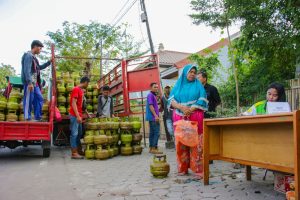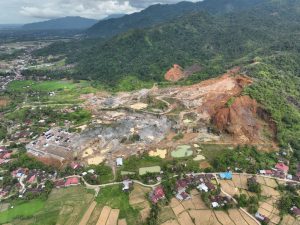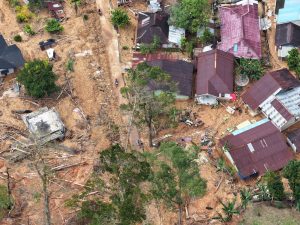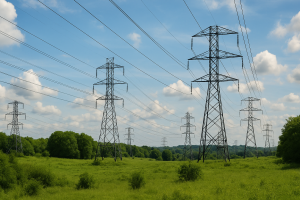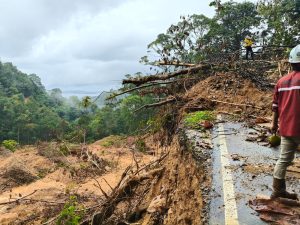Jakarta – The 2025-2034 Electricity Supply Business Plan (RUPTL) announced on Monday, 26 May, projects a total investment requirement of IDR 2,967.4 trillion, with a large portion allocated to the generation sector. Of this total, or around 72 per cent, IDR 2,133 trillion is earmarked for electricity generation.
To achieve this target, the government has opened the door to private investment in developing new renewable energy (NRE) plants over the next ten years. Interestingly, 73 per cent of these are designed for private participation or independent power producers (IPPs). The government noted that IDR 1,341.8 trillion is explicitly allocated for private renewable energy generation, making it a strategic opportunity for clean energy investors.
“Investment opportunities from 2024 to 2034 amount to nearly three thousand trillion rupiah, and IPPs will play an important role, especially in the construction of NRE plants,” said Minister of Energy and Mineral Resources (MEMR), Bahlil Lahadalia, in a press conference.
The proportion of NRE is increasingly dominant, and solar power and hydropower are the mainstay
Of the target of 69.5 gigawatts (GW) of additional generating capacity during the RUPTL period, 42.6 GW or 61 per cent is designed to come from renewable energy. The rest consists of 16.6 GW of fossil plants (24 per cent) and 10.3 GW from energy storage systems (15 per cent).
For the renewable energy mix, the government is targeting 17.1 GW of solar power plants, 11.7 GW of hydroelectric power plants, 7.2 GW of wind power plants, 5.2 GW of geothermal power plants, 0.9 GW of bioenergy, and 0.5 GW of nuclear power plants.
For the storage system, 4.3 GW of pumped storage and 6 GW of batteries will be developed. “This is not just about the energy mix. We are talking about a strategic energy transition to reduce dependence on fossil energy,” Bahlil explained.
The additional generating capacity will be divided into two main phases: 2025-2029, amounting to 27.9 GW (with a relatively balanced composition of NRE and fossil fuels), and 2030-2034, amounting to 41.6 GW (NRE dominates 73 per cent). The regional distribution of power plant development is relatively even, covering Java-Madura-Bali 33.5 GW, Sumatra 15.1 GW, Sulawesi 10.4 GW, Kalimantan 5.8 GW, Maluku, Papua, and Nusa Tenggara 4.7 GW.
“So this must be sustainable, it must be two periods. If it is only one period, the output will not be optimal,” said Bahlil.
Absorbing more than 1.7 million workers
In addition to the vast investment potential, the RUPTL 2025-2034 project is also predicted to absorb more than 1.7 million workers. The construction, manufacturing, and operation and maintenance sectors of power plants and distribution networks will be the main drivers of job creation.
In detail, 881,132 people will be absorbed in the manufacturing, transmission, substation, and electricity distribution sectors.
Meanwhile, PT PLN (Persero) received an investment allocation of IDR 567.6 trillion, of which IDR 340.6 trillion was for renewable energy generation and IDR 227 trillion for non-NRE.
Compared to IPPs that manage more than IDR 1,566 trillion, it is clear that the government’s policy direction this time is to open a wide space for private investors in green energy projects.
The RUPTL 2025-2034 is a roadmap that shows the government’s commitment to pursuing net-zero emission targets and reducing carbon emissions. With the largest portion of investment in private NRE plants, this document is expected to be the main motor of the national energy transition. “We are opening a wide space for investment, especially from the private sector that wants to contribute to the development of clean energy,” Bahlil concluded. (Hartatik)
Banner photo: Image generated by OpenAI’s DALL·E via ChatGPT (2024)




